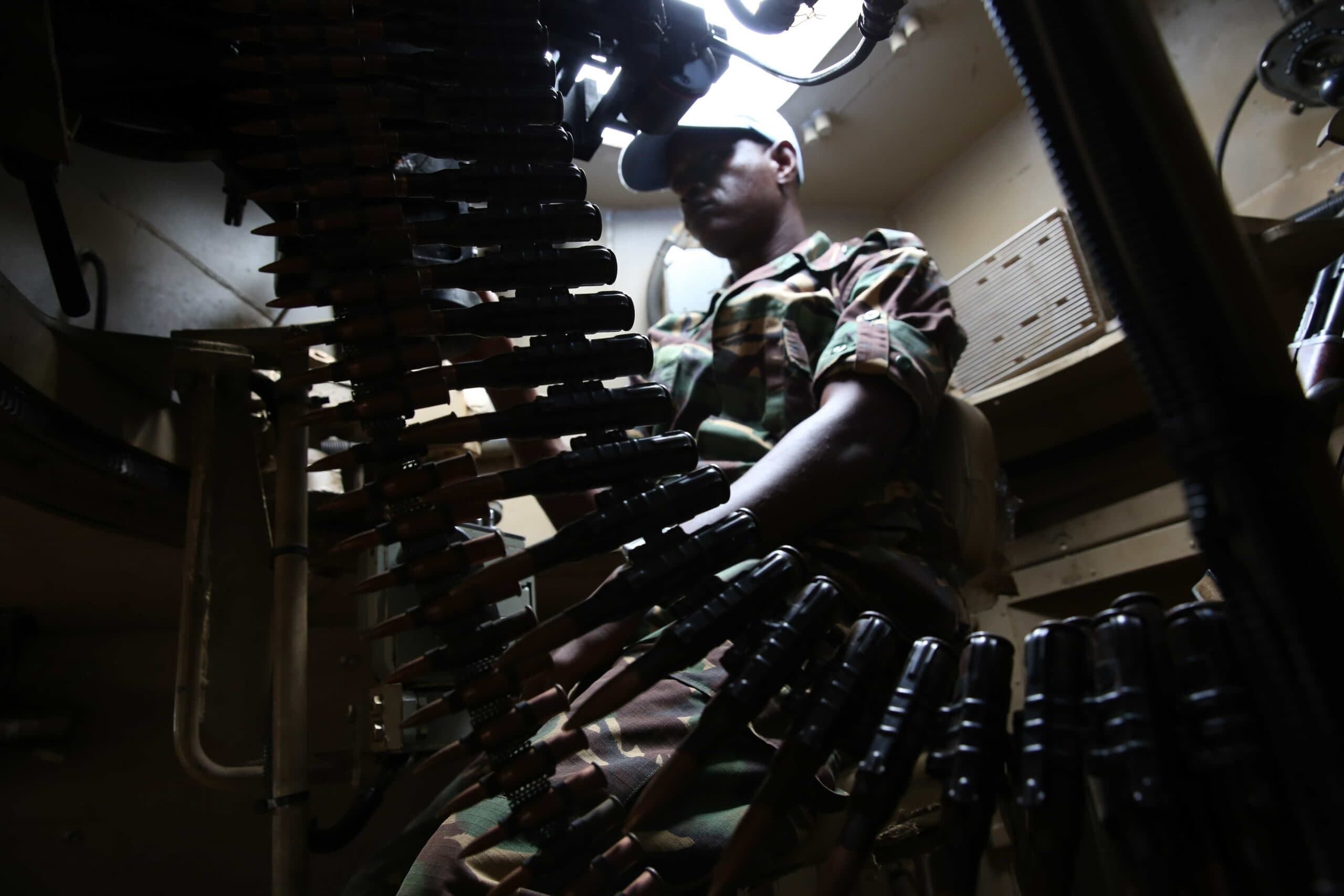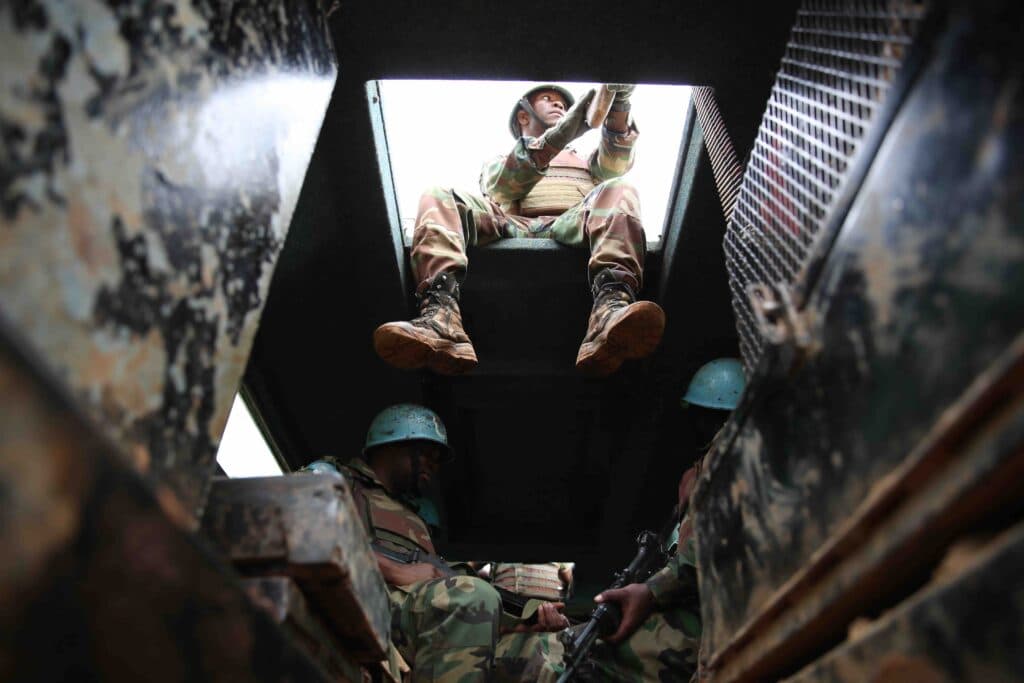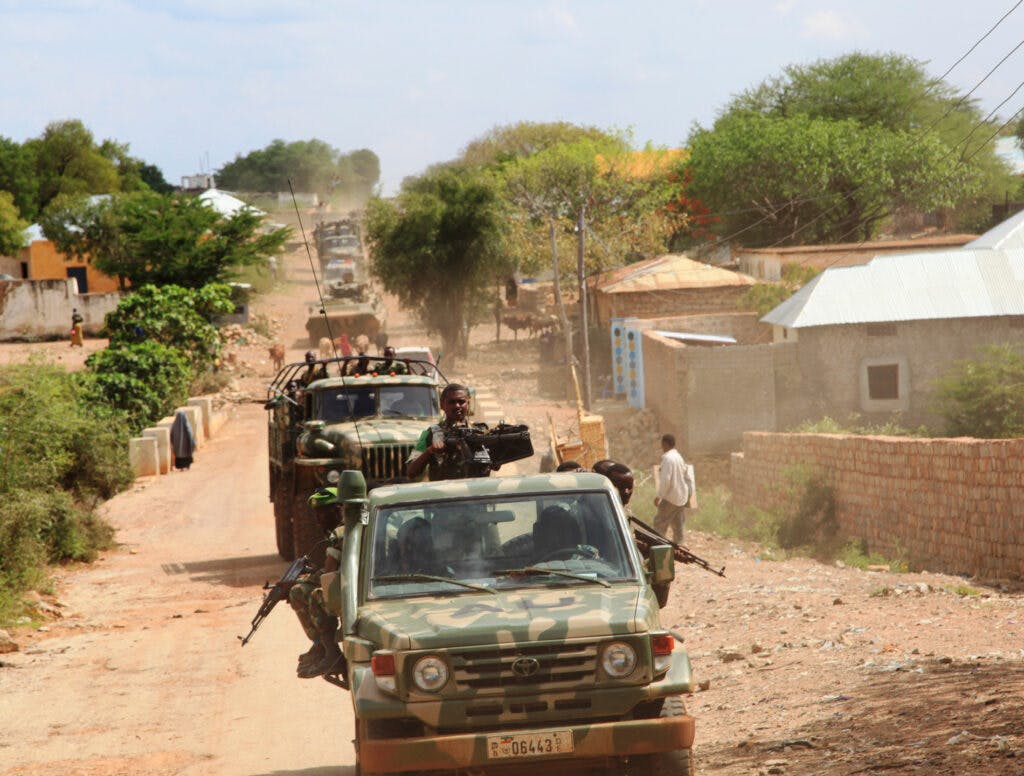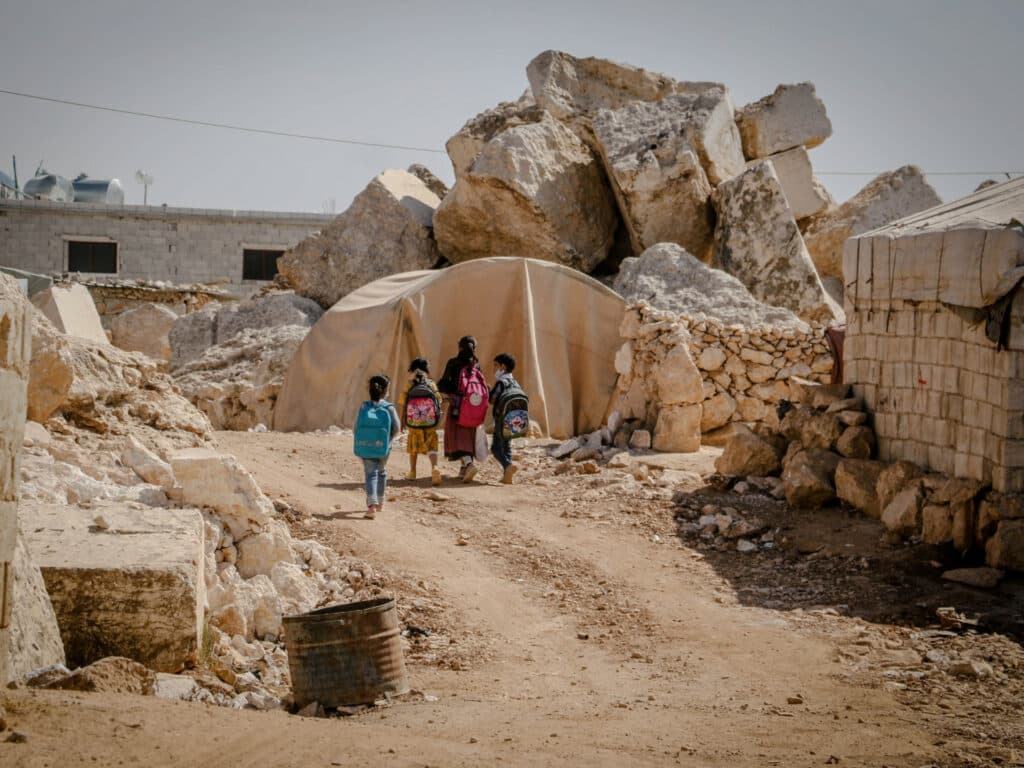
Weapons and IHL
The rules of international humanitarian law (IHL) that regulate the types of weaponry and means of warfare.
International humanitarian law allows the use of force, but it also seeks to limit and restrict the means or weaponry armed actors can use in a conflict.
Some of the earliest rules of international humanitarian law (IHL) looked to limit the means of warfare. Notable early examples are attempts to ban the cross bow and the use of poison. In modern IHL, while few weapons are banned under all circumstances, there are two key principles and limitations on the use of weapons.
1. Weapons that cause superfluous injury or unnecessary suffering
Additional Protocol One to the Geneva Conventions (API) only sets out one rule with regard to the use of weapons. Article 35 prohibits the use of weapons that cause superfluous injury or unnecessary suffering.
The meaning of the prohibition is not clear, despite attempts by the ICRC to set out objective criteria for those weapons that would be illegal.
However, there are several conventions that seem to have been inspired by the principle that certain types of weapons and the injuries they cause are not morally acceptable in any circumstances. The ICRC's SlrUS Project is one such initiative.
2. Indiscriminate weapons
It is also prohibited to use weapons that do not allow a distinction between civilian and military objects and whose effects cannot be limited. Such weapons are also referred to as indiscriminate weapons.
Specific weapons conventions
Unlike the Geneva Conventions and Additional Protocols which set out general principles, there are several specific conventions that prohibit specific types of weapons:
Anti-personnel mines: The use, production, stockpiling, and transfer of anti-personal landmines is prohibited according to the Ottawa Treaty of 1997. The Conventional of Certain Conventional Weapons (see below) also restricts the use of mines.
Cluster munitions: The Convention on Cluster Munitions (CCM) is an international treaty that prohibits all use, production, transfer, and stockpiling of cluster munitions.
Biological and chemical weapons: The use of biological and chemical weapons is prohibited by the 1925 Geneva Protocol. The Protocol is considered customary international law and is therefore binding on all states regardless of whether they signed it or not.
These prohibitions were reinforced by two treaties, the Biological Weapons Convention of 1972 and the 1993 Chemical Weapons Convention (CWC).
The 1980 Convention on Certain Conventional Weapons (CCW) sets out many limitations on the use of weapons but includes few strict prohibitions. The CCW includes, for example, a ban on blinding laser weapons and prohibits the use of weapons that cause injuries with fragments that are not detectable by x-ray.
Other protocols of the CCW cover mines, incendiary weapons (weapons that set fire to objects or cause burn injuries to persons), and explosive remnants (weapons and ammunition left behind after war).
Arms Trade Treaty: In April 2013, the UN General Assembly adopted the Arms Trade Treaty (ATT), which regulates the international trade in conventional arms, from small arms to battle tanks, combat aircraft, and warships.



